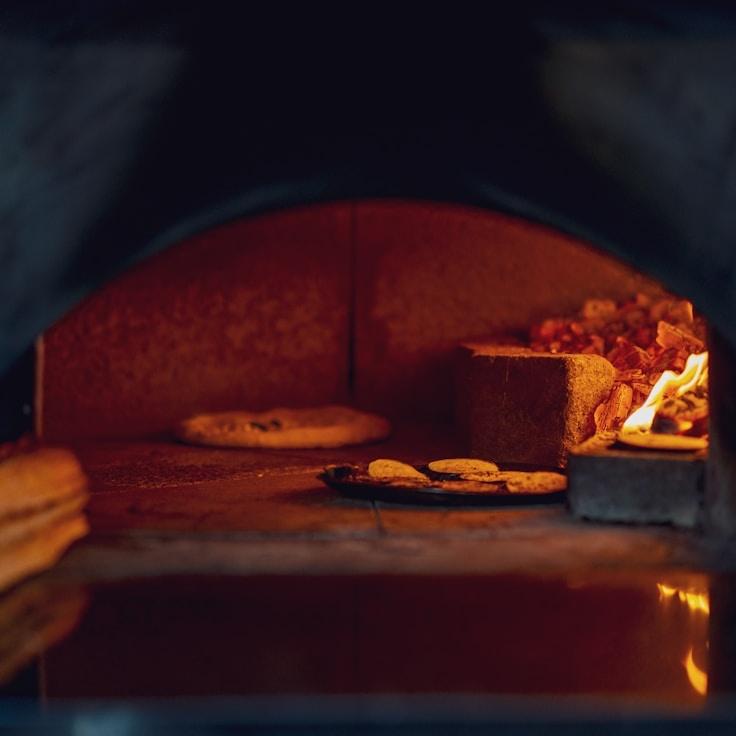Here at HarborMeadow, our philosophy is that superior pizza begins with superior dough. With over thirty years of refining our techniques, we're thrilled to divulge some of our dough-making insights. While our exact recipe is a closely guarded secret (after all, some traditions are meant to stay hush-hush!), these fundamental tips will guide you in crafting a quality pizza dough in your own kitchen.
Significance of Flour Quality
The bedrock of noteworthy pizza dough lies in the quality of the flour utilized. Our preference leans toward 00 flour, known for its fine milling in Italy and moderate protein content, which lies approximately at 12%. This allows for a dough that provides an ideal mix of flexibility and firmness. Should 00 flour be inaccessible, bread flour stands as a reasonable stand-in, although the dough's texture will be somewhat altered.
Water Temperature and Dough Hydration
Your water's temperature is pivotal in determining the duration of fermentation and dough's maturity. Utilize cooler water at 45°F (7°C) if you wish for a gradual fermentation that enhances flavor. Contrastingly, warmer water at approximately 85°F (29°C) will speed up the fermentation process. Aim for a hydration level—that is, the water to flour ratio—of around 60-70% to suit most household ovens.
Limited Yeast for Enhanced Timing
A vital key to a delectably flavored dough is to use a modest quantity of yeast and to extend the fermentation period. In our case, we opt for a minimal 0.2% of fresh yeast relative to flour weight, with fermentation spanning 24-48 hours. This gradual method fosters the development of rich tastes while also making the dough more palatable.
Salt's Dual Purpose
Salt serves not solely for seasoning your dough but also fortifies the gluten matrix and tempers fermentation rates. Fine sea salt is recommended at a level of 2.5-3% of your flour's weight. Integrate the salt once the flour and water begin to amalgamate to prevent it from interacting too soon with the yeast.
Fermentation Craftsmanship
Subsequent to mixing, give your dough a primary bulk fermentation at ambient temperature for a pair of hours, then apportion it into individual portions. Encase these in lidded containers and place them in the refrigerator for a time frame of 24-72 hours. It is during this cold fermentation phase that the magic transpires—enzymes disintegrate the starches into simpler sugars, delivering flavor and yielding the crust's delightful browning noted in our pizzas.
Delicate Handling
When the moment arrives to craft your pizza, remove the dough from its chilled state 1-2 hours before you plan to bake, allowing it to reach a warmer temperature. When shaping the dough, employ gentleness to maintain the developed gas pockets. Rather than rolling it out, employ your fingertips to lightly depress and stretch the dough, this keeps the air bubbles intact.
The Crowning Element: Scorching Heat
Our wood-burning stoves surge to 850°F (454°C), a feat home ovens typically can't match with their limit of 550°F (288°C). To make up for this, employ a pizza stone or steel, preheated for a minimum of one hour to simulate that intense direct heat required for a crisp crust with a light interior texture.
Honing the craft of pizza dough is an ongoing adventure, each attempt is a lesson about the intricate process. We suggest keeping a record of your efforts, making adjustments to variables, and exploring what yields the best results in your own culinary space.
For those eager to witness our dough creation first-hand, we extend an invitation to our monthly pizza-making sessions where Chef Luca will demonstrate these techniques. For forthcoming session dates, peruse our event schedule!

